Home / Blog Legacy / All Art Provokes Social Change
All Art Provokes Social Change
The aim of art is to represent not the outward appearance of things but the their inward significance. – Aristotle
What we play is life. – Louis Armstrong
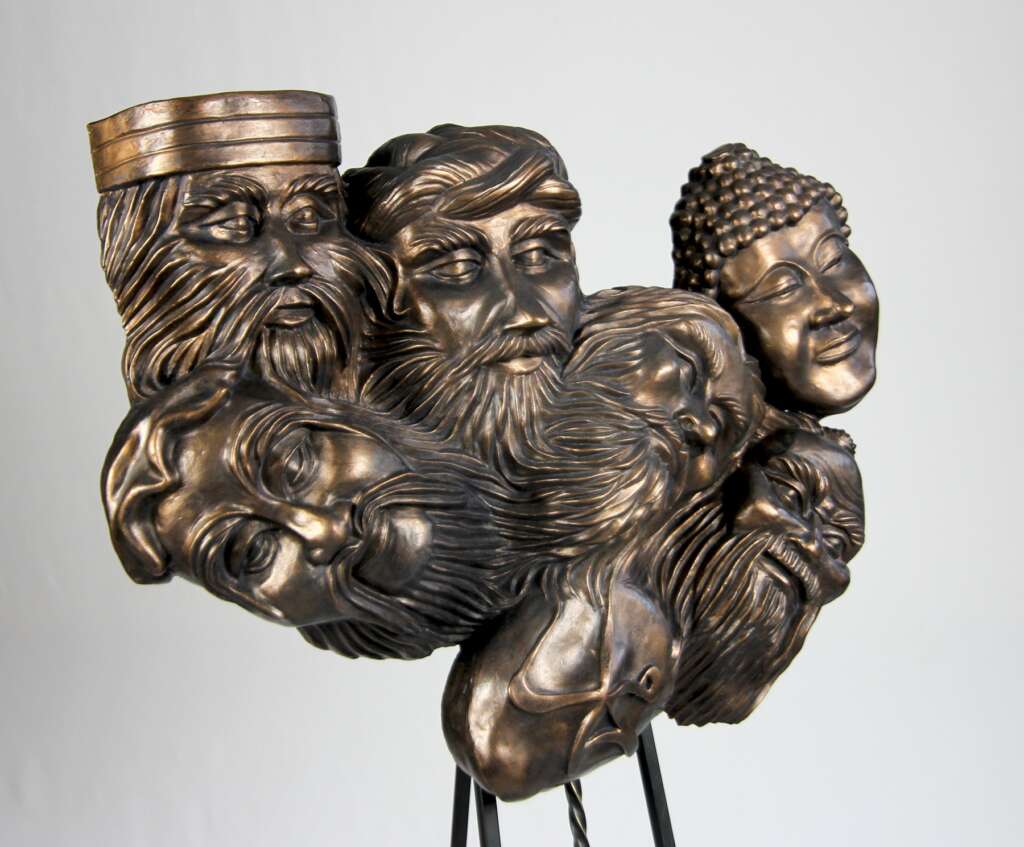
I recently joined an online artists group called The Praxis Center for Aesthetic Studies run by Brainard Carey. Part of the membership includes what are called artist round tables. They are discussions with Curators from across the world. There is an archive of past roundtables as well as the opportunity to sit in on the live zoom discussions with the curators and the other artists present.
In the first live session I attended the two young curators articulated they were interested in artists presenting work focused on social change. The thought that passed through my perpetually opinionated brain was:
All art provokes social change.
And so this bog post.
I’m going to attempt to justify my thoughts by blog-postingly addressing the work of artists in the theatre, in dance, sculptors, painters, composers, musicians, performance artists and photographers. This means a ridiculously brief and superficial overview.
I hope to communicate what I have discovered as a practicing artist in the past 30 plus years as an actor, a creator of new works for the theatre, sculptor, photographer and musician. I mention this because my endeavors have allowed me to put many expressive mediums on the same canvas.
My reaction to the round table remarks about social activism and social justice came from an understanding as a practitioner that all artists are on some level social activists and create work that provokes social change. This is a big statement and will need to be deconstructed to allow for an understanding of what I am getting at. I will start by saying, by in large, artists create because they need to. The creative act isn’t fueled by: monetary reward, recognition or the winning of competitions.
The artist creates, expresses life, reflects back, shares sentiment and engages in a constant life long act of true generosity as concerns their fellow persons.
This sounds like social activism to me…. in part.
The proposal is that:
- Art provokes its audience
- Art engages its audience
- Art brings the members of its audience together to share a common experience
- Art creates community
- Art provokes empathy
- Art leads to greater understandings of the human condition
- Art is the extension of and the keeper of cultures
- Art is the spiritual extension of the material incarnation
- Art provokes change and addresses the universals present in creation
- Art provides the space in which humans can come together
Ultimately art gifts us a greater understanding of self. Change in society begins with the individual first and then radiates outward. Art shares with us the experiences of the other. Understanding of the other is the fundamental step in allowing for peace between peoples. Art unlike political rhetoric allows the participant to form personal, spiritual, intuitive and poetic understandings first and then if need be can lead to a more intellectual articulation. Expression first, experience second and intellect third. The intellect takes a back seat in the arts world.
Through the experience of the work participants develop deep personal understandings of the world at large and others in it without the intellectual barriers and initial egoistic response that creates divisiveness. This is of course always the case…. unless it isn’t. Art is also a provocateur and so reveals to us who we are in our reactions to it.
I am using the word art to include all forms of practice and to suggest all aspects listed above are at the foundation of social change. Often artists are directly addressing and commenting on the world with a conscious intent. They are also in many cases simply creating works of great beauty that uplift those encountering the work.
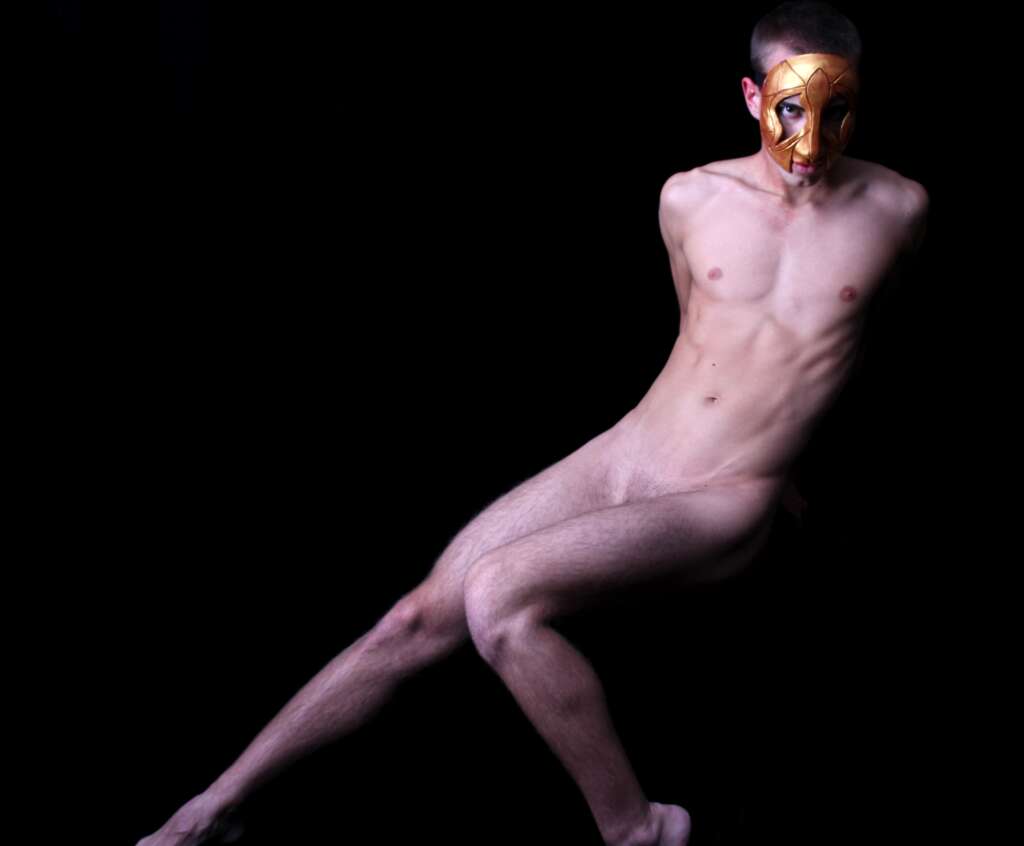
Here is my at random and absurdly brief list of sculptors, painters. Composers, musicians, dancers, choreographers, playwrights, performance artists and photographers I’m inspired by and whose work provokes in me a desire to be an agent of social change in the world.
The Painters and Social Commentary:
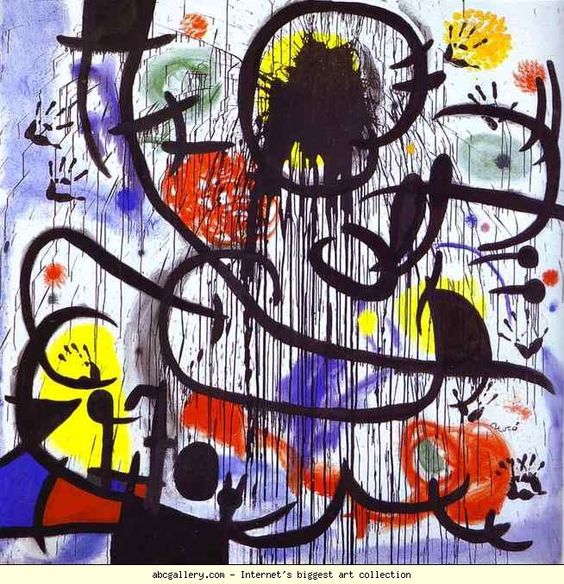
Frida Khalo’s body of work most especially her provocative painting of the last supper.
Miro’s playful color splash, May 1968 a commentary on the Student riots in Paris
Dahli: pretty much his entire body of work.
The Sculptors and the Space They Occupied and Changed:
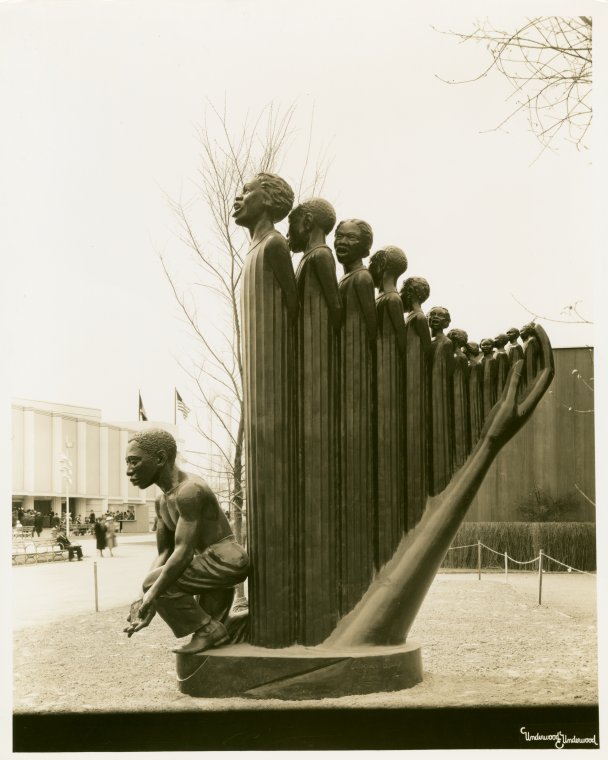
Augusta Savage, most especially her cultural narrative in “Lost Hope”
The mythic narratives of Bernini’s sculptures
The political commentary of Isaac Cordal’s entre body of work
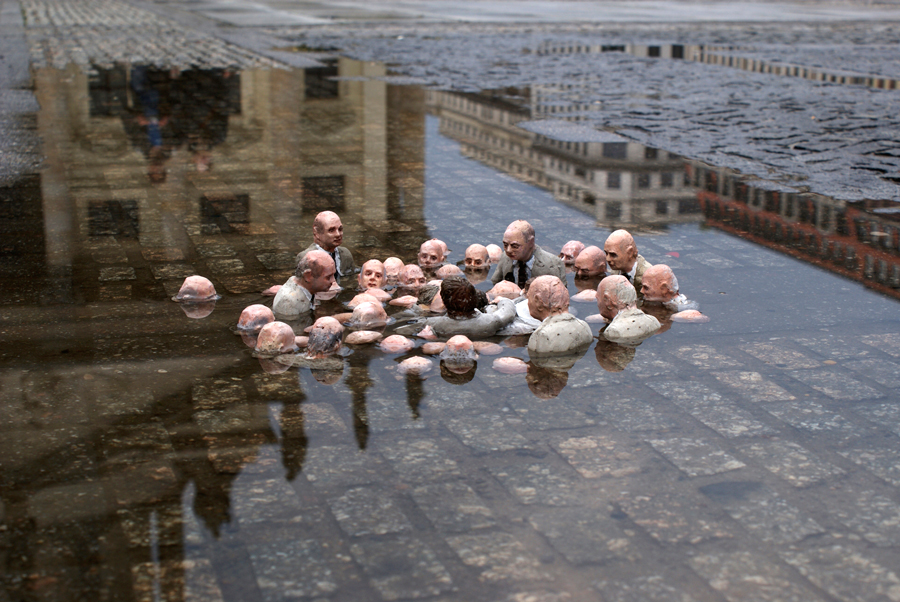
The Musicians and Composers Message in Music and in Life:
The activism provoked, promoted and furthered by the music of Bob Dylan
The provocative shift in form made by Igor Stravinsky most especially in his Rites of Spring
The life and work of the singer/composer Prince
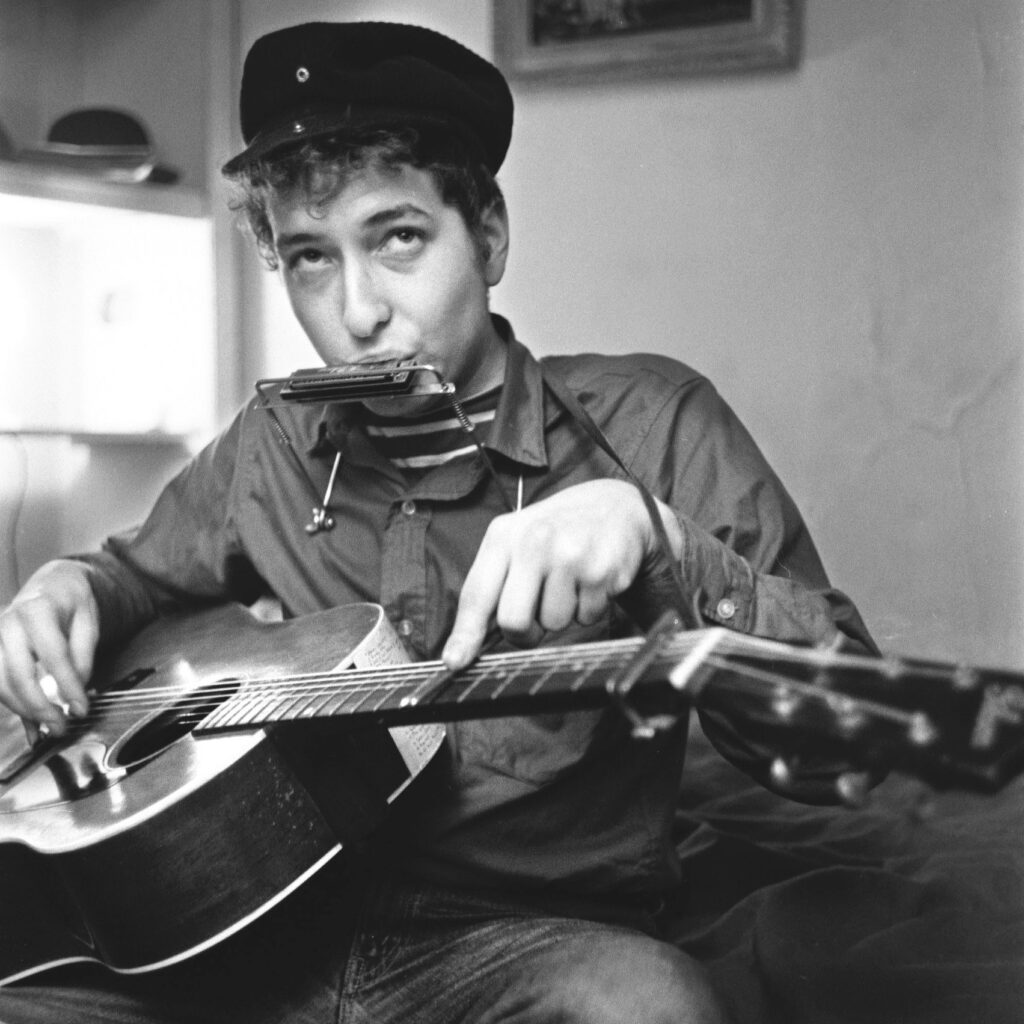
The Dancers and Choreographers Changing and Moving both the art and the Audience:

Pearl Primus and her life’s work in integrating and introducing African dance to the cultural American Landscape
Martha Graham and her work of changing the world of dance bringing whole new communities to its experience
Alwin Nickolais and his bending of form
The Playwrights Provoking Empathy in their Audiences:
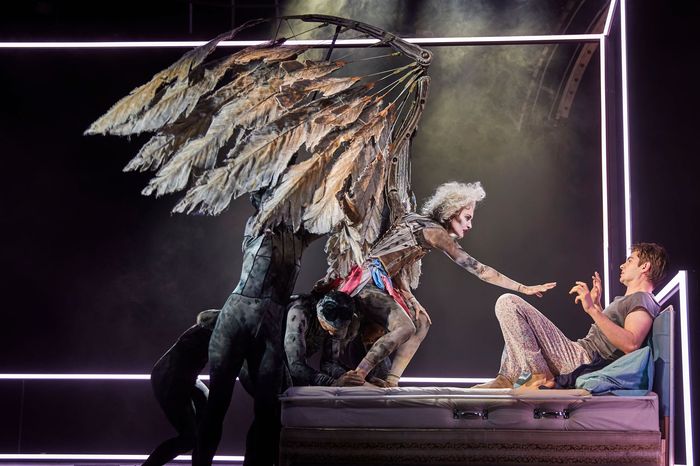
Angels In America by Tony Kushner a piece that continued and furthered the gay rights movement in the United States.
Paula Vogel’s work how I learned to Drive that explores child abuse and incest
Hamilton the musical by Lin-Manuel Miranda because… everything about it
Romeo and Juliet by that Bill Shakesomething guy, a work about what happens when we hate the other because they are the other.
The Photographers Provoking Dreams:
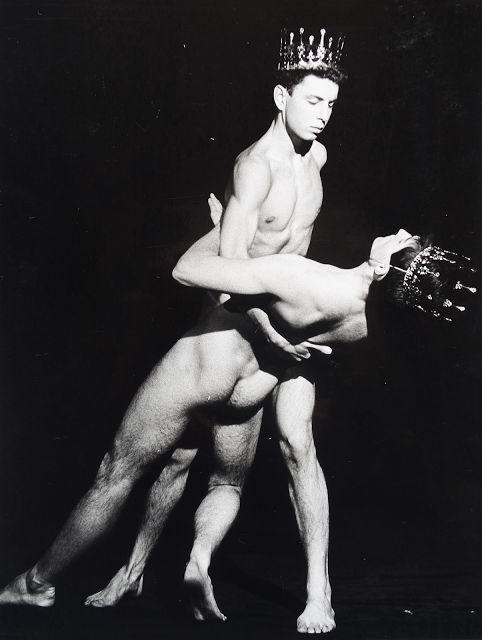
The provocative and political work of Robert Mapplethorpe
Ansel Adams and his inspiring landscapes reminding us we are part of a bigger and more majestic world than we could possibly imagine.
The work of exploring identity done by Cindy Sherman
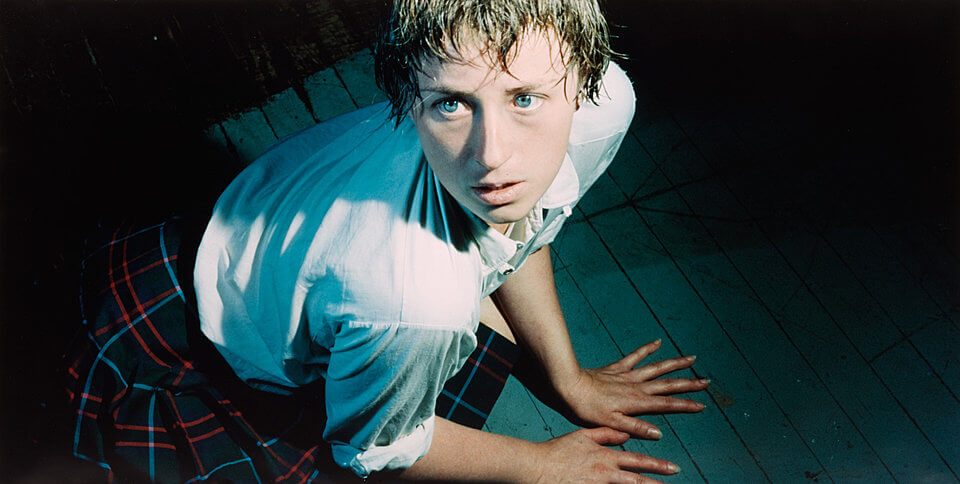
The Performance Artists Demanding Change:
Lee Wen and his life’s work exploring identity, ethnicity, freedom and the individual’s relationship to society.
The revolutionary work of Laurie Anderson
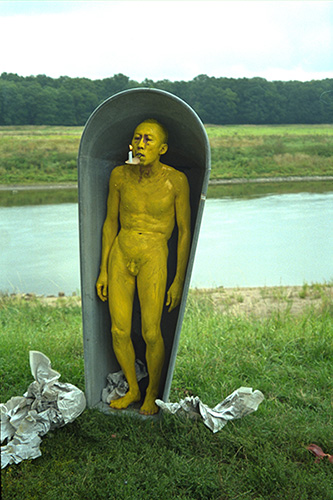
Most of the works and artists I have listed above create work with the intent to address social change. However, the photograph of a lily, a painting that plays with hues and rhythmic lines, a minuet, a sculpture of lovers embracing or a theatrical work that simply celebrates silliness are all still agents of change. They provide an appreciation for beauty, stillness, an uplifting experience or simply an escape from the darkness. These moments in time in which we are engaged lift us up and allow for refection, the processing of life and a greater self awareness leading to a calmer more prosperous world.
I have two personal stories about artistic endeavors that provoked social change but were intended simply as performance or as a means to an end. One is that of the neutral mask a tool for actor training and the other revolves around a performance I was in while on tour many years ago.
The performance:
The show was a stupidly ridiculous hour-long version of The Legend of Sleepy Hollow. The day was January 16th 1991. The place was somewhere near Waynesville or St. Roberts, MO and Fort Leonard Wood. We arrived at the venue two hours prior to the performance (it usually took us an hour to set up). The building was like a Knights of Columbus Hall with a small stage. When we arrived no one was there. We waited for about 20 minutes before the presenter showed up and unlocked the door. We set up and then waited for the audience to arrive. About 10 minutes before curtain time the cars started arriving. Soon the house was standing room only. We started late since more chairs had to be set up. As soon as we hit the stage the audience began laughing. They laughed at everything. Uproarious laughter ensued for the length of the performance. We had never had an audience like that. When the performance came to an end we trotted out onto the stage for the Q & A that always happened following our shows. The session lasted as long as the performance had. As it was getting late we told the audience we needed to leave, load out and get to the hotel. We ended the Q & A and nobody left. The audience wanted to stay, talk and laugh together. You see, it was the eve of the Gulf War. The next day the U.S. would launch Operation Desert Storm and the people needed to be together, they needed community; they needed laughter and an emotional release.
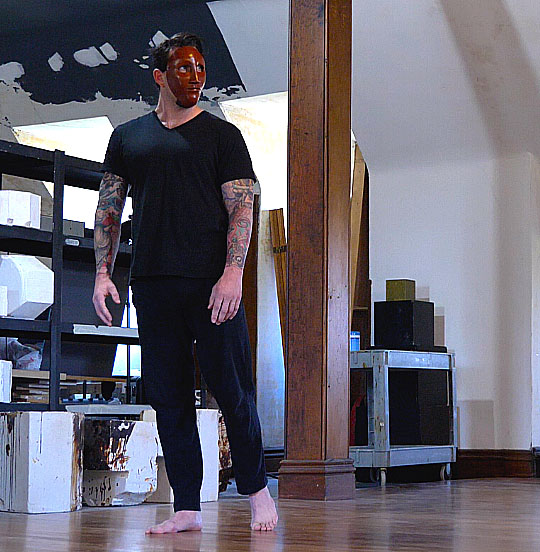
The neutral mask is a tool used in actor training that was conceived by Jacques Coupeau and then developed by Jacques Lecoq and Amleto Sartori. The neutral mask is a mask that reveals to the student the universality of the human condition and in so doing creates a profound sense of self . Neutral mask is a character that is born into the world as a fully developed human being with no past. The mask only exists in the present and moves through the world driven by one discovery that leads to another. The discoveries must be of what simply is without any previous knowledge of the world, without judgment, opinion or emotional response since all of those are based on past knowledge. Neutral mask gives us the gift of only living in the present moment without any baggage from the past. For a moment the mask insists one live in a world in which there is no pain or suffering brought on from the experiences of the past. The mask reveals the power of now.
Both of these experiences speak of art and it’s impact without there being an intent to address social change and yet the result is the same as if the intent were there.
Artists create a better quality of life for all and make for a better world in which to live. Through their presence and the presence of their work sections of cities and cities themselves experience renaissance and thorough their works artists create economic impact and primacy of place. All of this provides for space in which positive change can happen. And so it can be said all art provokes social change.
Support an artist today. Just send them money, buy their work, offer them space in which to create.
Visit the studio at www.theater-masks.com to see what’s old and what’s new.
